Everything you need to know about measuring how many ounces in a gallon, from terms and origin to helpful measurements!
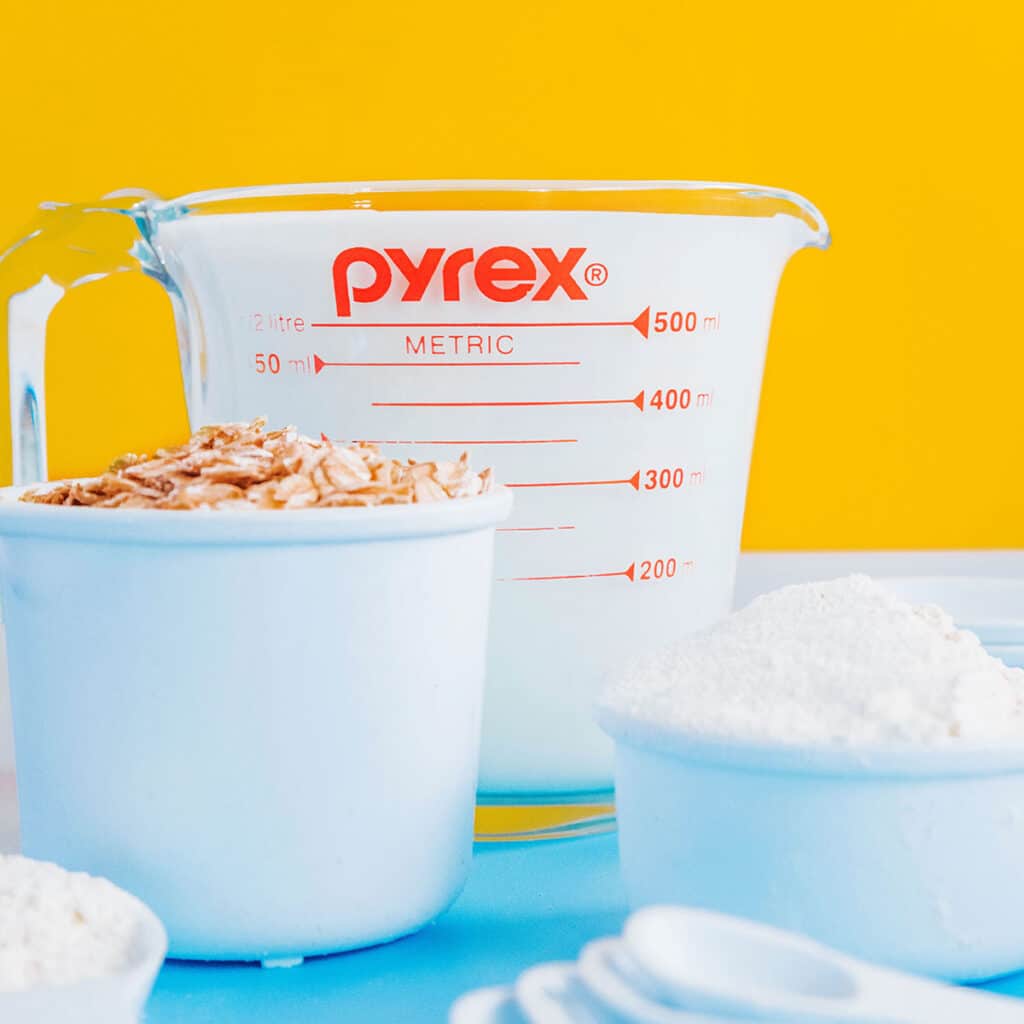
Do you know how many ounces are in a gallon? Most people can’t readily recall the answer (there are 128 ounces in a gallon!).
There is not, however, one definitive answer to this question. The number of ounces in a gallon can vary depending on which country you are in. But don’t worry, we’re going to clear all of that up for you! In this blog post, we will discuss the different ways to measure gallons around the world, as well as how many ounces are in a gallon in each case.
What Is An Ounce?
The term ounce comes from the Roman term “uncia.” An uncia was 1/12 of a roman copper bar that was used as a tool to measure the length of an inch and the weight of an ounce. Modern ounce weight and volume measurements, however, come from Britain.
Let’s start with fluid ounces. A fluid ounce is 1/16th of an Imperial Pint and weighs 1/16 of a pound, or 28.3 grams. In the apothecary system, an ounce was 480 grains or 1/12 of a pound. Is it any wonder Britain standardized on the metric system?
The United States is one of only three nations that still officially use Imperial measurements. The other two are Liberia and Myanmar.
What Is A Gallon?
The term gallon comes from the Roman word “galleta” or “galletum” meaning wine jug. There is some evidence that the origin may predate Latin and comes from the Celtic people. The word “gallon” may also have come from the Gaulish (Gaul covered most of modern day France) word “galla” meaning “vessel”. I guess everybody likes their wine in large containers!
In U.S. measurements, a gallon is 3.785 liters. A gallon of water weighs 8.34 pounds.
Today gallons are rarely used in recipes outside of perhaps ice teas, home brew (be it beer or kombucha), and wine making. Specialized containers for home brew are often marked in gallon increments, but this quick conversion chart is handy for converting smaller amounts into gallons.
Quick Conversions
| 8 fl oz | 1 cup | 1/2 pint | 1/4 quart | 1/16 gallon |
| 16 fl oz | 2 cups | 1 pint | 1/2 quart | 1/8 gallon |
| 32 fl oz | 4 cups | 2 pints | 1 quart | 1/4 gallon |
| 64 fl oz | 8 cups | 4 pints | 2 quarts | 1/2 gallon |
| 128 fl oz | 16 cups | 8 pints | 4 quarts | 1 gallon |
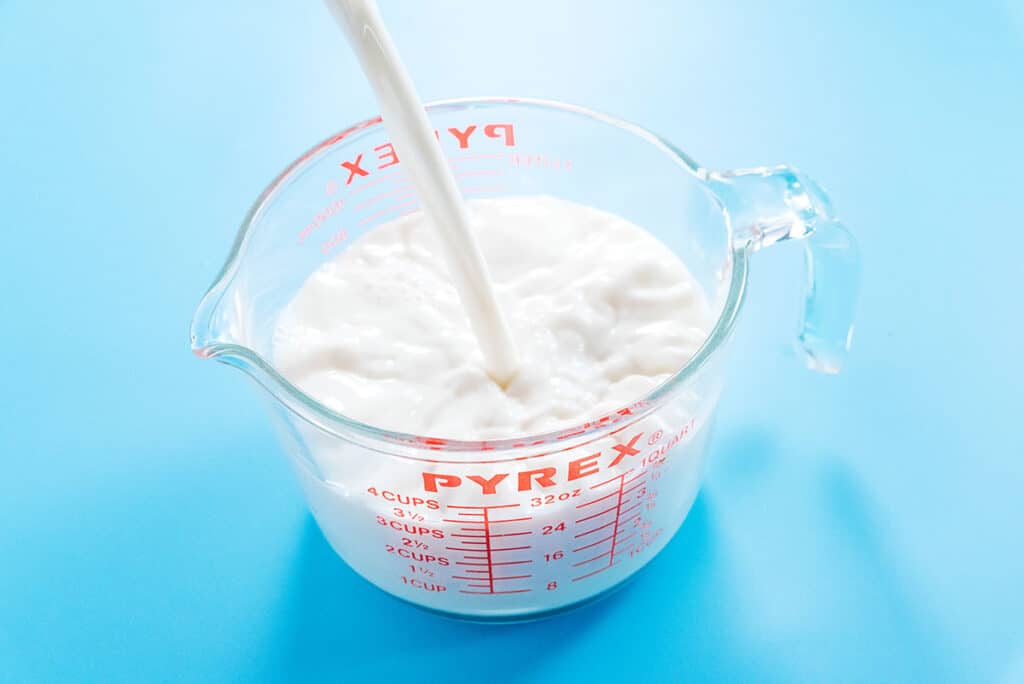
Measuring An Ounce And Gallon Internationally
Now that you know how many ounces are in a gallon (128 ounces in a gallon), let’s take a look at another way to measure a gallon outside of the United States.
An English Imperial gallon today is 1.2 US gallons or 153.6 fluid ounces which is why Imperial quarts and pints are larger than their US equivalents. The Imperial gallon, however, has changed size many times over the centuries based on the whims of English monarchs ranging from 129 to 163 ounces.
The English and their former colonial states (Canada, Australia, South Africa, and New Zealand) all switched to the metric system, but still use imperial gallons to a limited extent. The English are much more enamored with the imperial pint as it remains a measure of a good Ale, and is not surprisingly larger than a us pint at 20 fluid ounces. The rest of the world uses the metric system almost exclusively.
Wet Vs Dry Gallons
Things get a bit dicey when we get into wet vs. dry measurements, because they’re not the same! Plus, we bring a whole different unit of measurement into it – volume. A dry gallon is defined as 1/8 of a bushel or 231 cubic inches. Fortunately, it is a rare recipe that calls for a dry gallon of wheat. Still, it may be helpful to remember that whether using wet or dry ingredients, two cups are in a pint, two pints are in a quart, and four quarts in a gallon
Fluid Ounces (Fl Oz) Vs Dry Ounces
The difference in measuring liquids and solids of course extends to ounces as well. Take a pint of blueberries for example. One pint of blueberries weighs about 12 oz, despite the fact that there are 16 dry ounces in a pint! The amount fills the container differently than if it were filled with a liquid taking up 100% of the space.
Ounces and pints will likely be what you see most while cooking. For this reason, here are some quick measurements to reference:
Dry Ounces
- 1 oz = .05 pints
- 10 oz = .53 pints
- 20 oz = 1.07 pints
- 50 oz = 2.68 pints
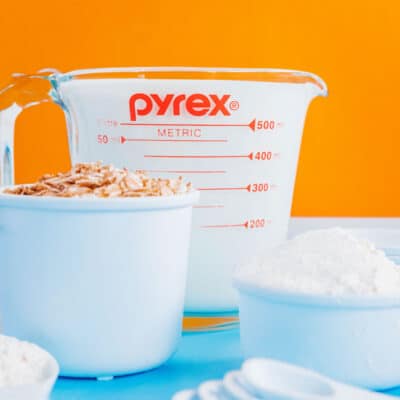
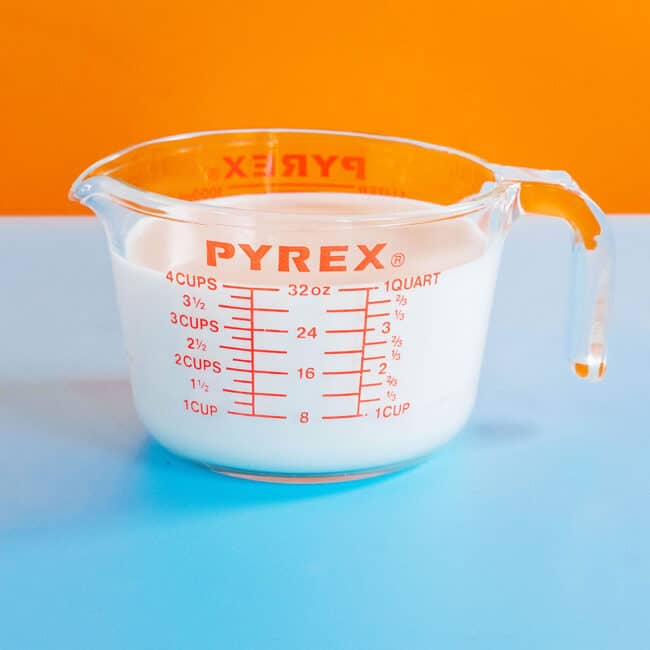
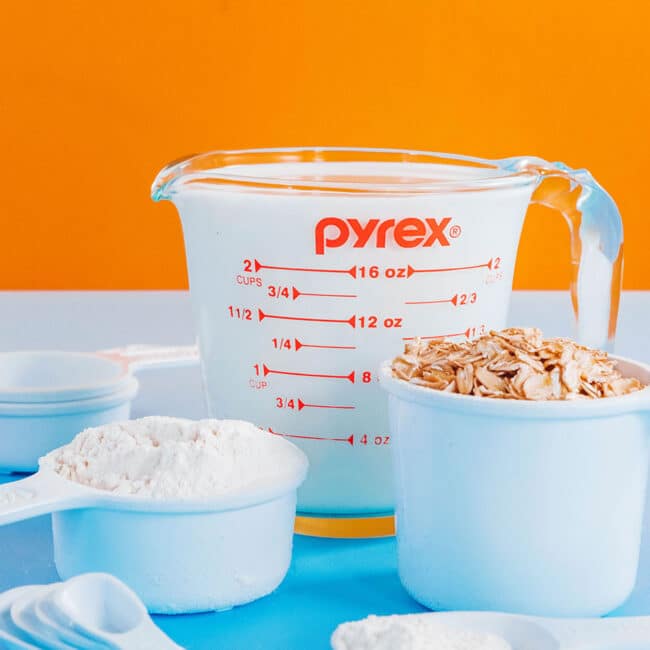
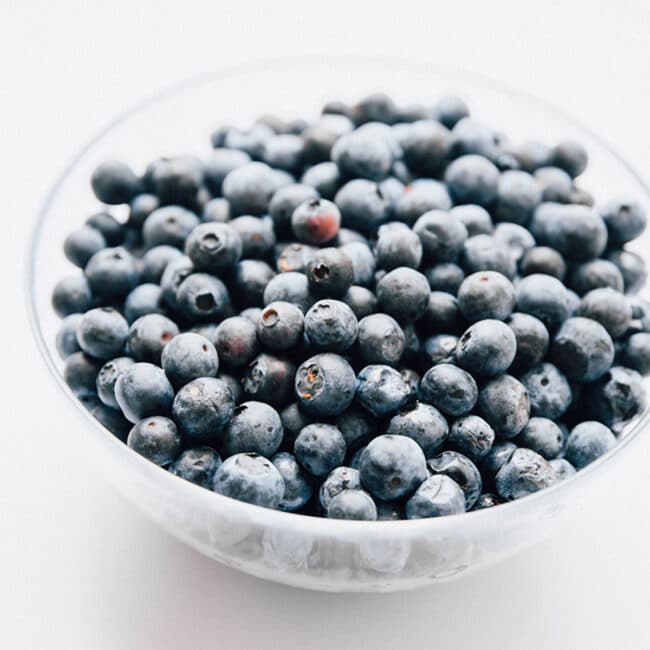
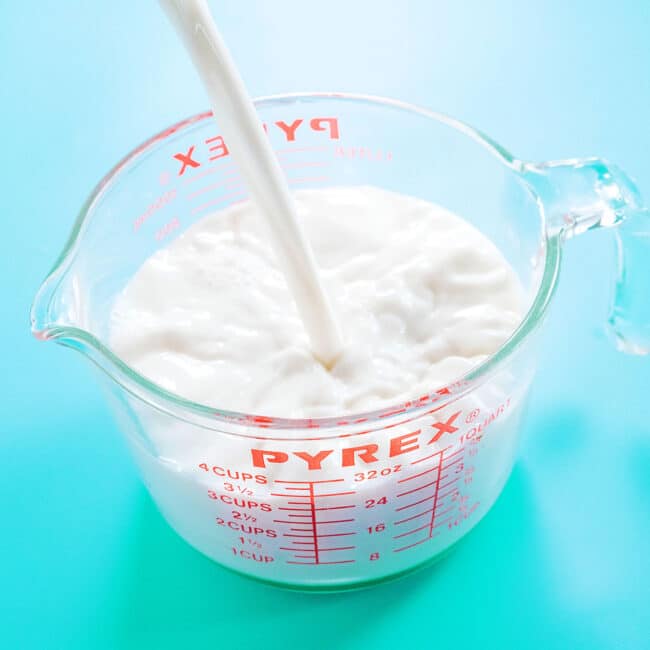
Pearle salvi says
When I went to school a long time ago 64onces was a gallon.what happened
Sarah Bond says
I think a gallon has always been 128 oz!